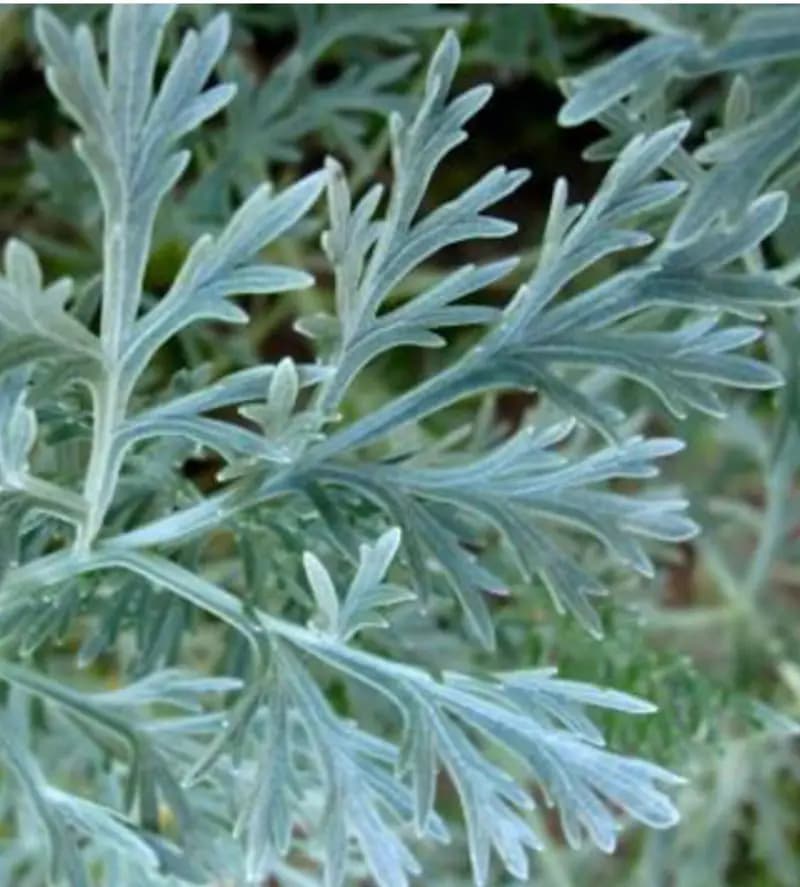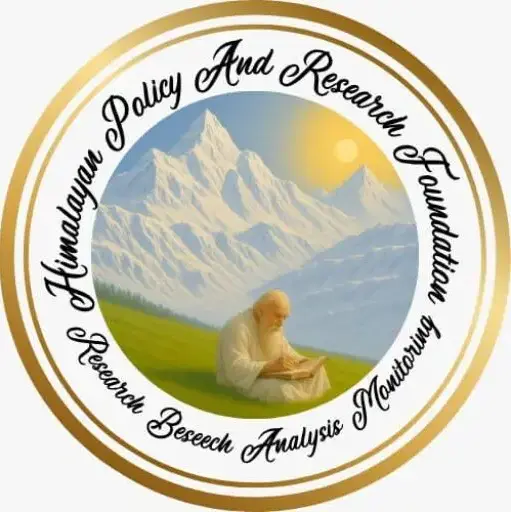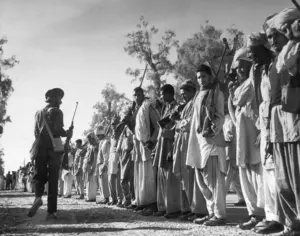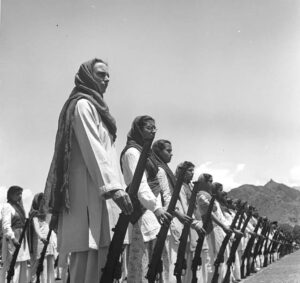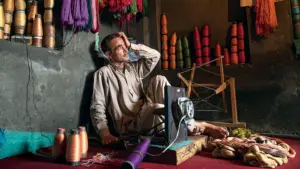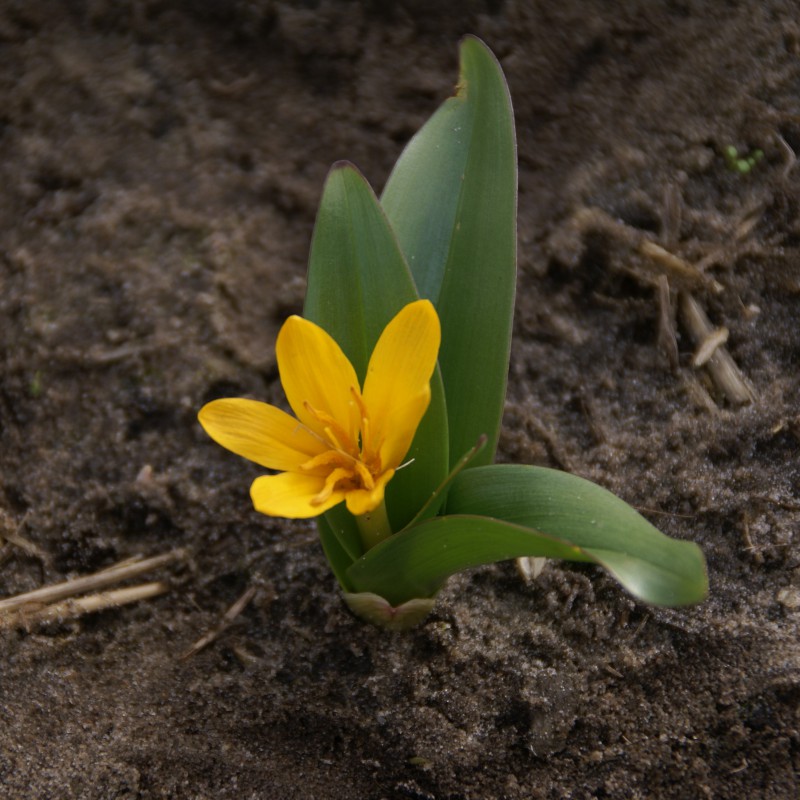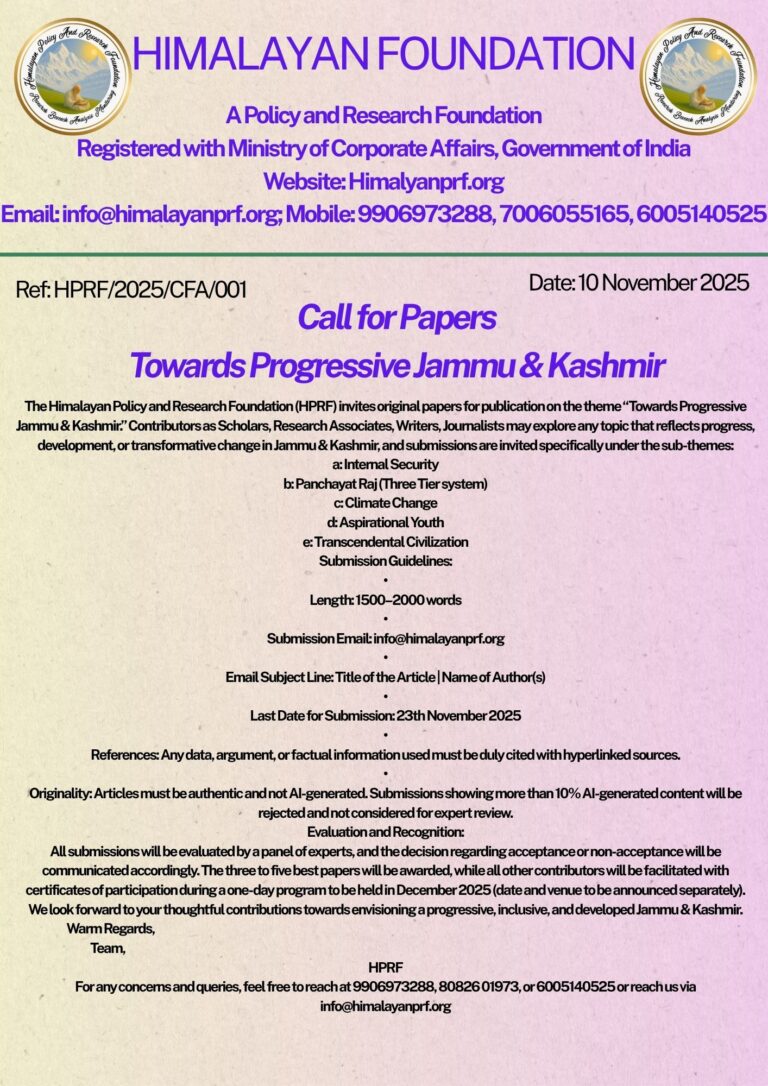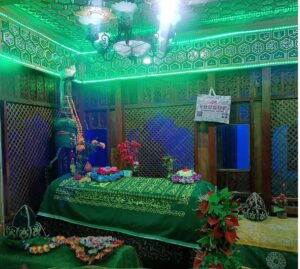By: DR Naseer Panchkarma
“We are part of a larger natural whole—our closest relatives are plants and animals. We exchange breath, food, and survival processes with them. Health begins when we recognize and honor this interconnectedness.”
There are certain truths that modernity, in its haste and abstraction, tends to overlook. One among them is this: health is not simply the absence of illness, nor a condition that can be manufactured in laboratories or enforced through prescriptions. Rather, it is an unfolding of balance—between the individual and nature, thought and action, body and spirit. This understanding has long underpinned India’s indigenous systems of medicine, now collectively referred to under the umbrella of AYUSH: Ayurveda, Yoga and Naturopathy, Unani, Siddha, and Homeopathy.
The modern world has systematically estranged the human being from his surroundings, his breath, his food, and his sense of self. We have built medical systems that aim to repair the body, but have paid little attention to the body’s relationship with time, earth, and thought. Within such a fragmented imagination, the AYUSH system of medicine appears not as an alternative, but as a correction—a call back to an order where healing is not a war waged on disease but a return to equilibrium.
The AYUSH system—an acronym denoting Ayurveda, Yoga and Naturopathy, Unani, Siddha, and Homeopathy—is not a patchwork of pre-modern remedies. It is a constellation of civilisational thought, each discipline shaped over centuries of close observation, moral inquiry, and dialogue between body and cosmos. These systems do not ask what has gone wrong in the human body in isolation; they ask what has been ruptured in the relation between the self and its world. The answer to disease, therefore, lies not simply in pills or surgeries but in how one eats, how one breathes, how one thinks and sleeps and speaks.
In Ayurveda, disease is understood as an imbalance among the three doshas—Vata, Pitta, and Kapha. These are not mechanical parts of the body but elemental principles: air, fire, and water, which must remain in dynamic harmony. In the Unani tradition, the concept of mizaj—the individual’s unique temperament—guides diagnosis and therapy. Yoga, on the other hand, treats the body not as an assemblage of tissues but as a vessel of consciousness. Breath is discipline, movement is prayer, and stillness is insight. Naturopathy returns one to the earth: to fasting, hydrotherapy, herbal compresses, and the rhythm of natural cycles. Homeopathy, though later in arrival, works with minute doses and subtle signals, seeking to awaken the body’s own intelligence.
Each of these traditions begins with an ethical premise: the body is not a battlefield but a habitat. One does not “fight” illness as much as one listens to its causes and gradually restores order. There is no rush, no panic, no illusion of mastery. And this is precisely what makes AYUSH a necessary discourse in our time—when the dominant model of healthcare, with all its achievements, has also made medicine impatient, impersonal, and inattentive to context.
In recent years, the Indian state has moved to institutionalise these systems under a common administrative framework. The establishment of the Ministry of AYUSH in 2014 marked more than a bureaucratic gesture; it was a philosophical acknowledgment. For decades, traditional medical systems had lived in the margins—practiced in silence, trusted by the people, but doubted by the gatekeepers of “science.” The creation of a dedicated ministry gave AYUSH not just legitimacy, but also infrastructure, funding, and policy space.
Today, AYUSH institutions are spread across India. There are hospitals, dispensaries, educational colleges, and research institutes offering degrees such as BAMS, BUMS, BHMS, and BNYS. AYUSH Health and Wellness Centres, under the larger Ayushman Bharat mission, are now being developed in rural belts. Their approach is preventive, integrative, and cost-effective—offering yoga therapy, herbal prescriptions, lifestyle counselling, and community outreach. Unlike overloaded hospitals that respond only when disease has advanced, these centres attempt to intervene before the body collapses. They cultivate awareness rather than dependency.
Globally too, AYUSH systems have begun to gain recognition. The rise in popularity of yoga in the West is well known, but beyond that, there is a growing demand for Ayurvedic formulations, Unani oils, and homeopathic remedies. The COVID-19 pandemic only accelerated this interest. During the months of lockdown and anxiety, millions turned to herbal teas, immune-boosting powders, breathing exercises, and meditation not because they distrusted science, but because they recognised its limits. Health is not a moment of crisis; it is a habit of life. And this is the wisdom that AYUSH has always carried.
In the region of Jammu and Kashmir, this wisdom is not foreign—it is ancestral. The valley has long nurtured Unani medicine, particularly through local hakims whose knowledge passed orally, through apprenticeship, rather than through formal degrees. Their clinics were simple, their tools few, but their reputations were built over decades. They treated the poor, they made house calls, they prepared medicines by hand. Their art was not only technical; it was ethical, spiritual, and attentive to the social fabric. One did not go to a hakim simply for a prescription; one went for assurance, for a listening ear, and often for counsel on how to live.
Today, this legacy is being slowly institutionalised. The Directorate of AYUSH in Jammu and Kashmir now oversees hundreds of government dispensaries and wellness centres. In Ganderbal, the Government Unani Medical College trains a new generation of practitioners—young minds drawn not by profit but by purpose. In Akhnoor, the Ayurvedic College continues to grow. Under the National AYUSH Mission, services have been extended into hilly and remote areas, where mainstream medicine often fails to reach.
The medicinal traditions of Jammu and Kashmir are not born in laboratories—they rise from the earth itself, from forest glades and alpine meadows where the human hand once gathered with care, not greed. Across Daksum, Yusmarg, Bangus, and the pine belts of Rajouri, herbs grow with a kind of quiet certainty. The valley has long known them not as commodities, but as companions—kuth (Saussurea costus), banafsha (Viola odorata), patrees (Aconitum heterophyllum), rasaut (Berberis aristata), ratanjot (Arnebia benthamii). Their names carry stories, and their uses are etched into familial memory. When winter coughs tightened a child’s chest, a grandmother would brew banafsha tea. For aching knees, rasaut was crushed and warmed. Patrees, wild and bitter, were dried and mixed for fevers that did not respond to anything else. The local hakims—especially those in Kupwara, Shopian, and parts of Pahalgam—knew how to source, store, and prescribe these herbs, not through algorithms, but through seasonal memory, patient observation, and reverence. Even among Gujjar and Bakarwal communities, the knowledge of harvesting—when to pluck kuth, how to cure ratanjot—was passed from hand to hand, not as folklore, but as quiet science. Today, there is growing awareness that these native herbs, many now under threat, must be preserved not only for their medicinal value but as part of a deeper continuity—of a time when medicine did not arrive in bottles but in bundles, tied in cloth and trust.
The real strength of AYUSH in Jammu and Kashmir lies not in state structures alone. It lives in private clinics, in community spaces, and in individuals who have become institutions in themselves. In cities like Srinagar, Anantnag, Baramulla, and Jammu, one finds a quiet resurgence of AYUSH activity—herbal stores, yoga studios, naturopathy centres, and traditional pharmacies. Women-led cooperatives are producing oils, ointments, herbal teas, and natural cosmetics. There is also the gradual emergence of AYUSH-based health tourism—visitors seeking therapies amidst the healing landscape of Kashmir’s forests and springs. In these spaces, medicine is reconnected with beauty, with land, with slowness.
What AYUSH ultimately offers is not a counterpoint to allopathy, but a different grammar of health. It speaks in the language of balance, patience, and inner alignment. It does not dismiss technology, but it insists on memory. It does not promise miracles, but it respects time. In a world that increasingly sees the body as an object to be fixed, AYUSH reminds us that the body is also a site of meaning, relationship, and trust.
To embrace AYUSH is not to turn away from modern science, but to question the arrogance that sometimes accompanies it. It is to ask whether speed is always better than slowness, whether intervention is always better than observation, and whether treating the symptom is enough when the root lies deeper. These are not nostalgic questions. They are necessary, because without them, we risk losing not just health, but wholeness.
